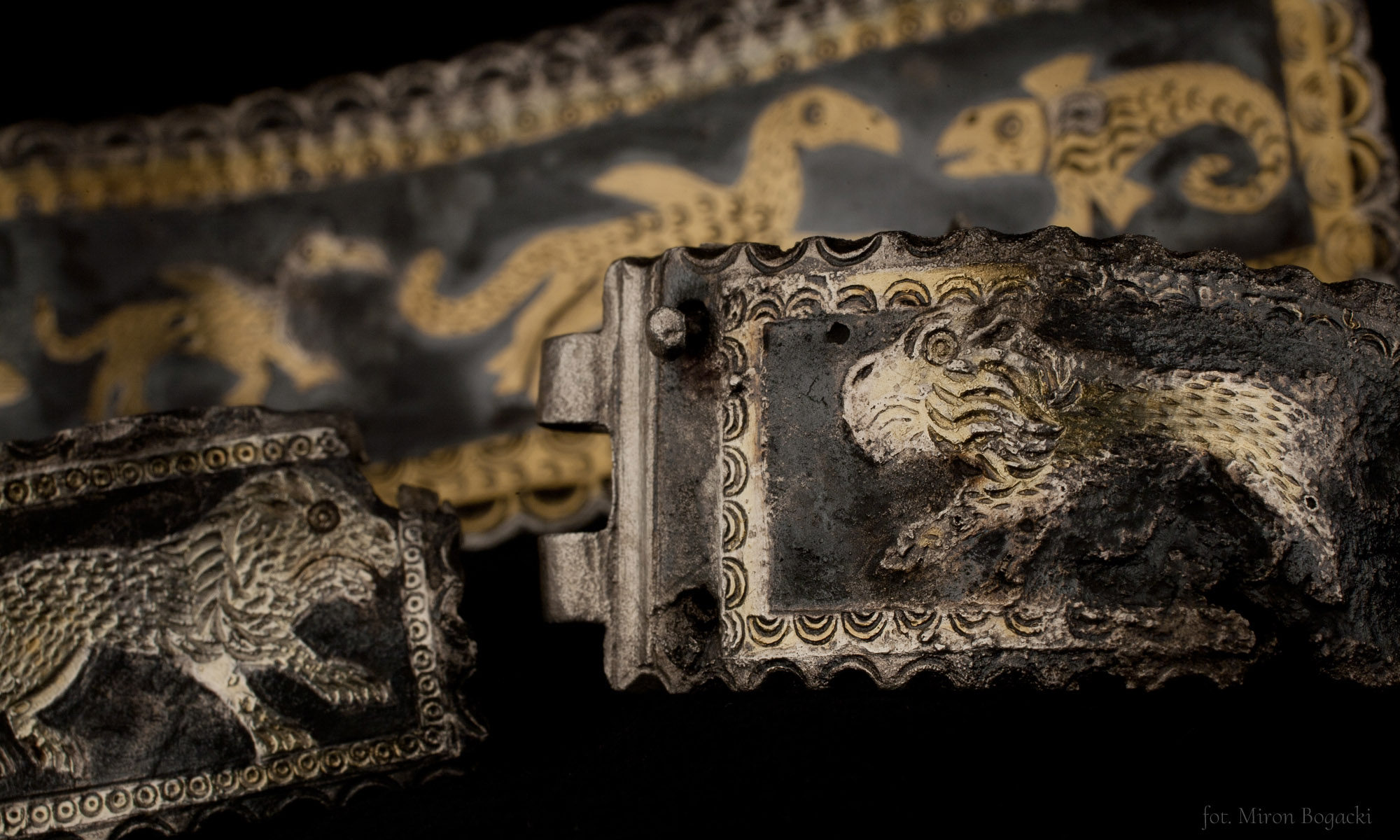Course Name: Excavation Methods
Course Type: class
Lecturer, time & place: see course schedule
The aim of the course is to acquaint the students with basic research methods used in archaeology to prepare them for field school. The topics of field surveys, exploration and documentation techniques include theoretical knowledge of excavation methods and mastering practical skills which enable the students to participate actively in excavations. Students will practice using measuring equipment, making drawings (plans, profiles, drawings of artefacts) and photographs. Our aim is to teach the students to choose the proper method of investigation, to launch an exploration, and to prepare correct and informative documentation.
Syllabus:
- Types of excavation research: systematic research, test trenching, rescue excavations.
- Desk-based query and planning of research: aims of the query, types of information, archives and libraries.
- Starting excavations: formalities related to obtaining permission to carry out excavation work.
- Preliminary investigation: field survey, test trenching, augering.
- Organisation of excavations, organisation of the technical aspects, participation of specialists from non-archaeological fields.
- Maps and plans: situation-topographic maps and plans, topographic maps, soil maps, cadastral plans.
- Measurements of the site, situation plans, main lines, grids, scales used in plans.
- Selection of excavation method: open-area excavations, test-trenches and the excavation of architectural remains, methods of exploration of layers and features.
- Marking out trenches: flat site, site with a diverse landscape, site with architectural remains.
- Exploration of the trench: ways of exploration, recording heights, labelling of finds.
- Descriptive documentation: notions of layer and feature; description of layers.
- Drawing and photographic documentation: plans, sections of trench walls, architectural and photogrammetrical documentation.
- Extraction and initial conservation of finds: influence of soil conditions on the state of preservation of finds, storage, sampling.
- Recording of finds: principles of classification of finds, criteria of division, principles of preparing a finds inventory.
- Description of finds: terminology of description of finds and their elements.
- Stratigraphic analysis: cumulative plans, series of sections, stratification of the site; relative and absolute chronology.
- Processing of research results, cumulative documentation, analysis, report and publication.
- Practical Field Exercises:
- Using the level: introduction to levelling instruments and theodolite.
- Marking out the grid: using a levelling instrument to mark out a grid and to measure the site.
- Marking out trenches: in flat terrain, in diversified terrain, at architectural remains.
- Drawing of plans: setting up the grid, using the drawing square, scaling of measurements, preparing a drawing.
- Drawing a section of a trench wall or a masonry wall; setting up a vertical grid, scaling, sections, preparing a drawing.
Selected Reading:
Bahn, P., Archaeology: a very short introduction, 1997;
De Laet, S.J., Archaeology and its problems, London, 1957;
Greene, K., Moore, T., Archaeology: An Introduction, Routledge, 2010;
Harris, E.C., Principles of archaeological stratigraphy, 1979;
Hodder, I., Reading the Past. Current approaches to interpretation in archaeology, 1986 (revised 1991 and, with S. Huston, 2003);
Hodder, I., The Archaeological Process. An introduction, 1999;
Hodder, I., The Present Past. An introduction to anthropology for archaeologists, 1982;
Renfrew, C., Bahn, P., Archaeology. Theories, methods and practice, 1996;
Tabaczyński, S., Theory and Practice of Archaeological Research, 1995, 1998;
The Oxford Companion to Archaeology, B.M. Fagan (ed.), Oxford, 1996;

